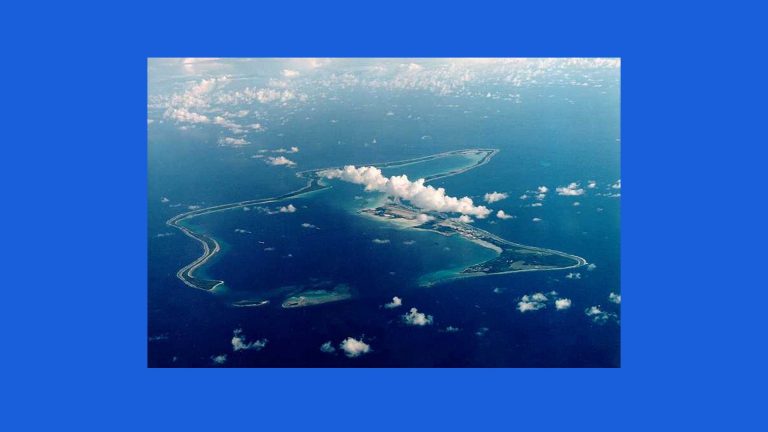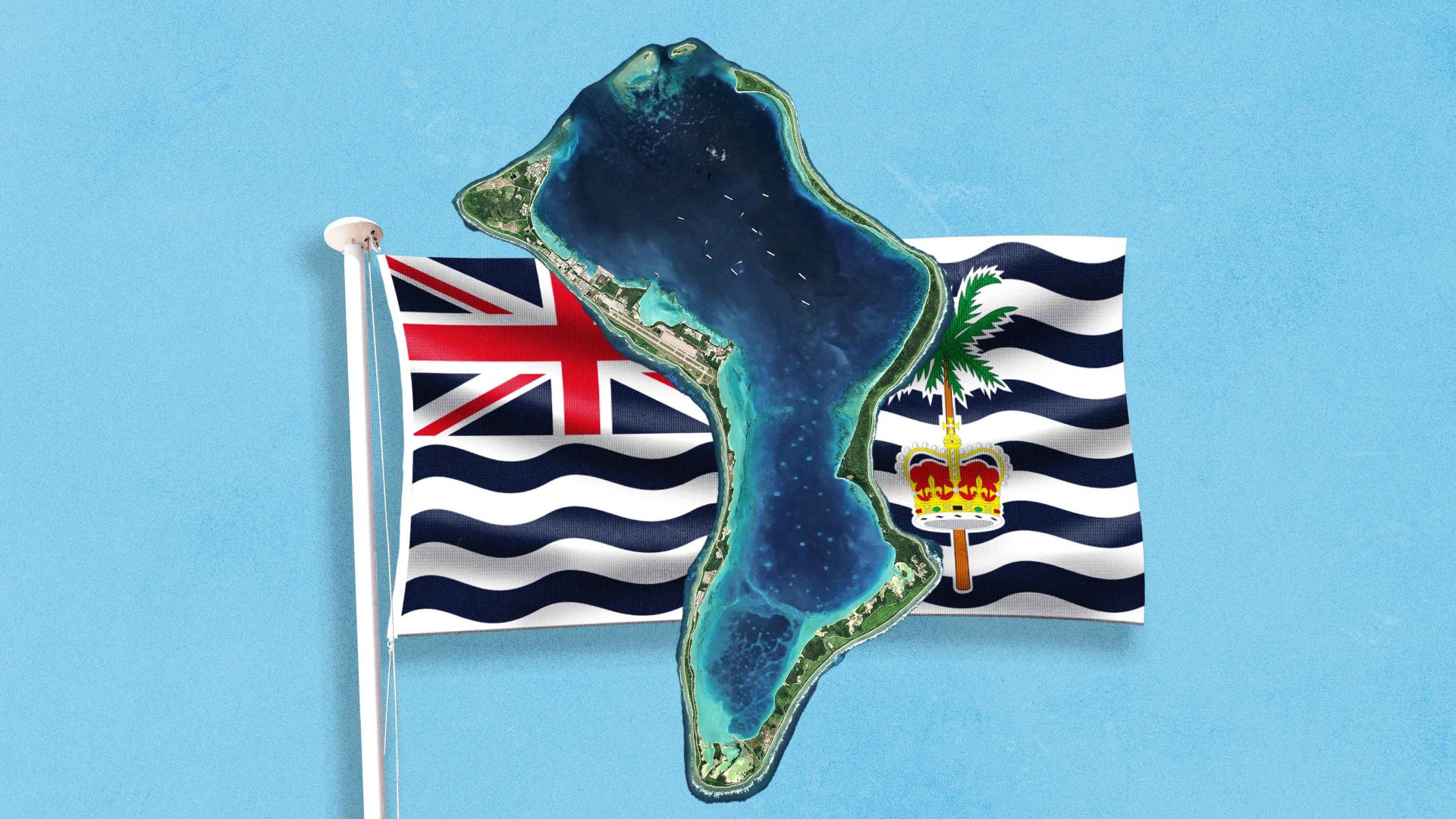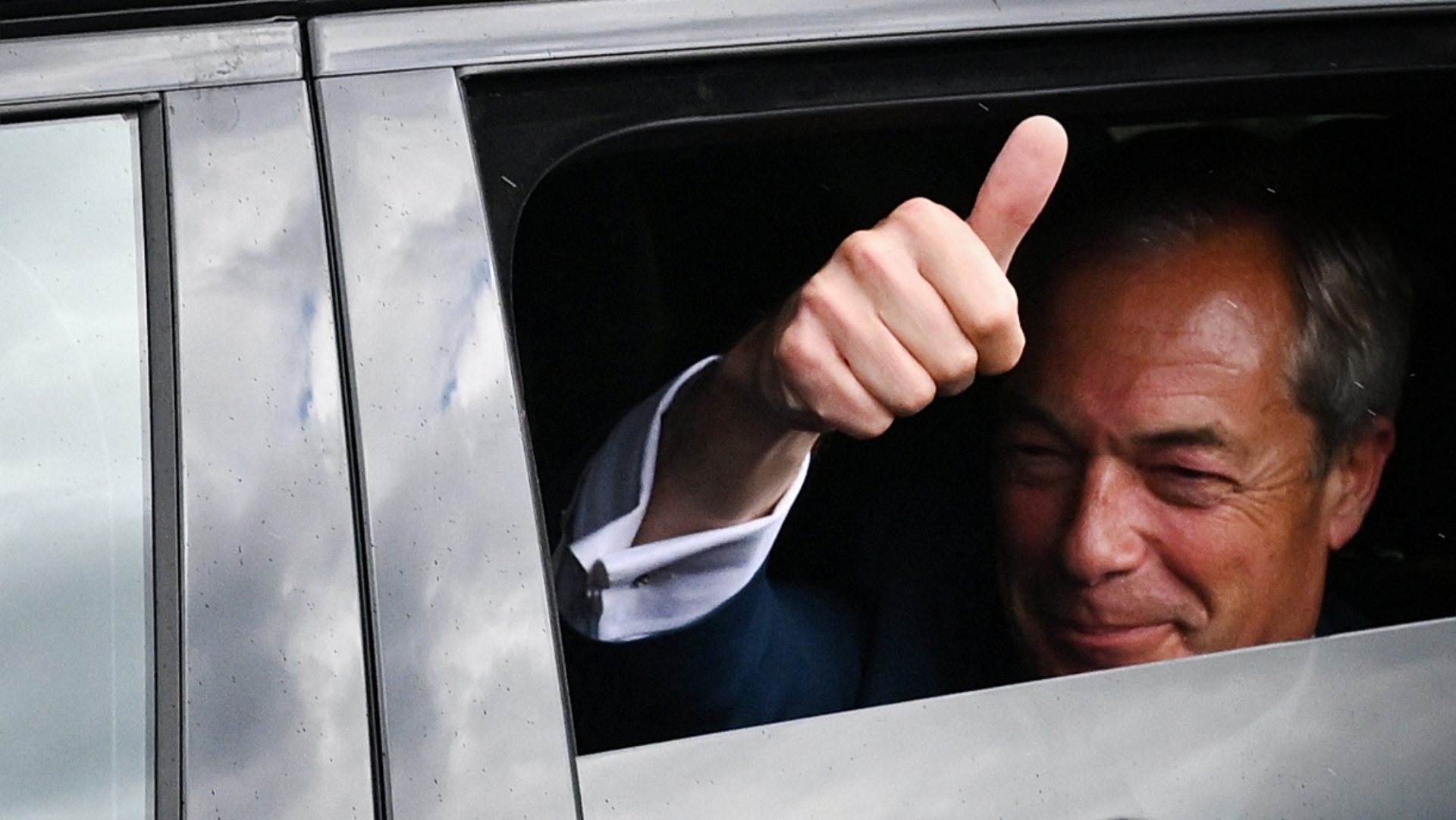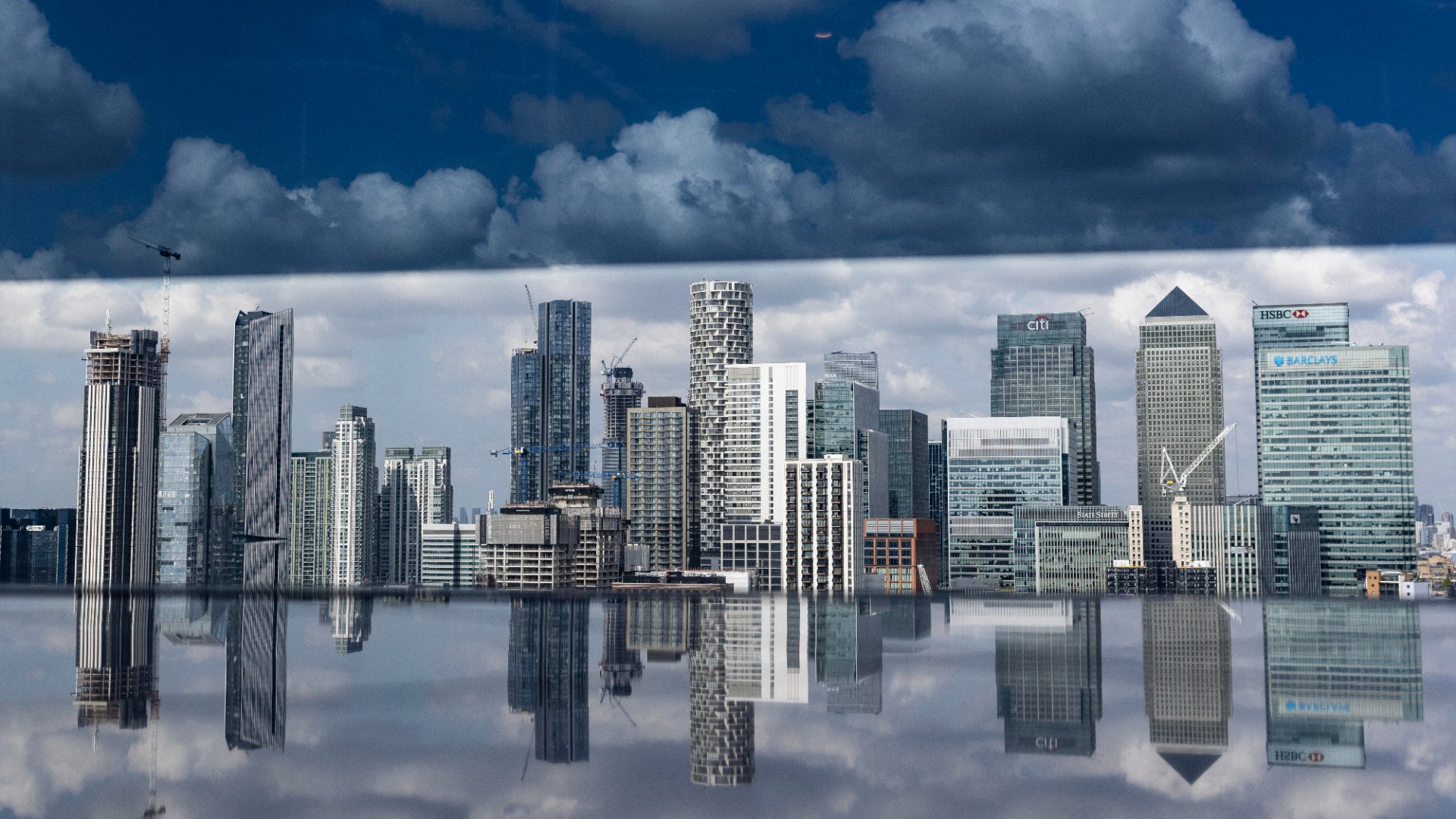1. The Chagos Islands are an archipelago of around 60 islands in the middle of the Indian Ocean, roughly 1,000 miles south of India and 300 miles south of the Maldives. They are sometimes described as “Britain’s last African colony” despite also being 2,200 miles east of Tanzania.
2. Of the 60 sq km landmass, the vast majority – 44 sq km – consists of a single atoll (a ring-shaped island, encircling a lagoon), Diego Garcia.
3. Today, the Chagos Islands and the British Indian Ocean Territory are “coterminous”, meaning “the same thing” (the former is a geographic label, the latter a political one). But they weren’t always. The BIOT was formed in 1965 from islands previously administered as part of two British colonies, Mauritius and the Seychelles. Those taken from the latter, though, were ceded back when it gained its independence in 1976, so today the BIOT consists entirely of that 60-island archipelago, separated from Mauritius in 1965 in exchange for a payment of £3m.
4. The islands were uninhabited when first discovered by 16th-century Portuguese explorers seeking trade routes, and remained so until 1793, when France took some time off from the revolution to import African slaves to work the local copra – coconut fibre – plantations. After the British took over in 1814, slavery was abolished, and indentured labourers imported from India. This is better, though perhaps not much better.
5. It’s also, somehow, not the most controversial bit of the islands’ history. That came in the 1960s, when the increasingly post-colonial UK decided that Diego Garcia would make the ideal strategic location for a joint-British/American military base, intended to counterbalance Soviet military presence in the region. The base would later be used to launch airstrikes during the 1990-1 Gulf war, the 2001 invasion of Afghanistan and the 2003 Iraq war.
6. Creating it, though, required closing the plantations, and kicking the Chagossians – also known as the Ilois (“islanders”); the descendants of those African and Indian plantation workers – off the atoll to which their ancestors had been dragged. Some went to the Seychelles, most to Mauritius and a few to the UK. Human Rights Watch has described the displacement of between 1,400 and 1,700 – exact numbers are unclear – as an “appalling colonial crime” and a “crime against humanity”.
Suggested Reading


Chagrin of the Chagossians
7. The UK’s High Court isn’t a fan, either: in 2000, it found that the removal of the Chagossians had been illegal, and granted them the immediate right to return to any of the islands except Diego Garcia. This, campaigners argued, was not enough. No matter: the Law Lords overturned the decision in 2007. The government did at least admit that the Chagossians had been mistreated.
8. But it rather undermined any goodwill this may have created in 2010, when it announced its intention to create a marine reserve the size of France around the islands. This would ban fishing and, in the words of a foreign office official later disclosed by Wikileaks, “put paid to resettlement claims of the archipelago’s former residents”.
9. In 2015, a UN tribunal ruled this move illegal. Two years later, the International Court of Justice launched an investigation into Britain’s actions, during which Mauritius said it had been forced to give up the islands in exchange for its independence. The UN general assembly passed a motion recommending Britain give up the territory as soon as possible, by 116 to 6 (with 56 abstentions).
10. An agreement to resolve the dispute was unveiled last October, and signed in May (though has yet to come into force). Sovereignty will be transferred to Mauritius, but the US-UK military base guaranteed under a 99-year lease.
11. Defence experts say the deal reflects both fear of expanding Chinese influence in the region, and an effort to improve relations with India. Some have also warned that it could potentially set a precedent for other British Overseas Territories like Gibraltar or the Falklands, or the RAF bases in Cyprus – though the government maintains it’s a one-off.
12. One critic of the deal was the recovering Conservative leadership contender James Cleverly, who described it as “weak, weak, weak”. This is from some perspectives odd, as he did much of the work on it himself during his stint as foreign secretary.
13. Another oddity in this story is that, before the colonial era, Mauritius had no history of controlling the islands – which are 1,500 miles away, and were only ever administered from there for reasons of British imperial convenience.
14. There is still no prospect of the Chagossians actually being able to return to Diego Garcia.
1793
First permanent settlers reach Diego Garcia, as France begins importing African slaves to harvest coconut fibre.
1814
British empire takes control of the island under the Treaty of Paris.
60
Total area in sq km of Chagos Islands, of which 44 sq km is Diego Garcia.
544,000
The size in sq km of the maritime reserve surrounding the islands proposed in 2010.
1967-73
Entire population (estimated at 1,400-1,700 people) forcibly removed to clear the way for a US/UK military base.




